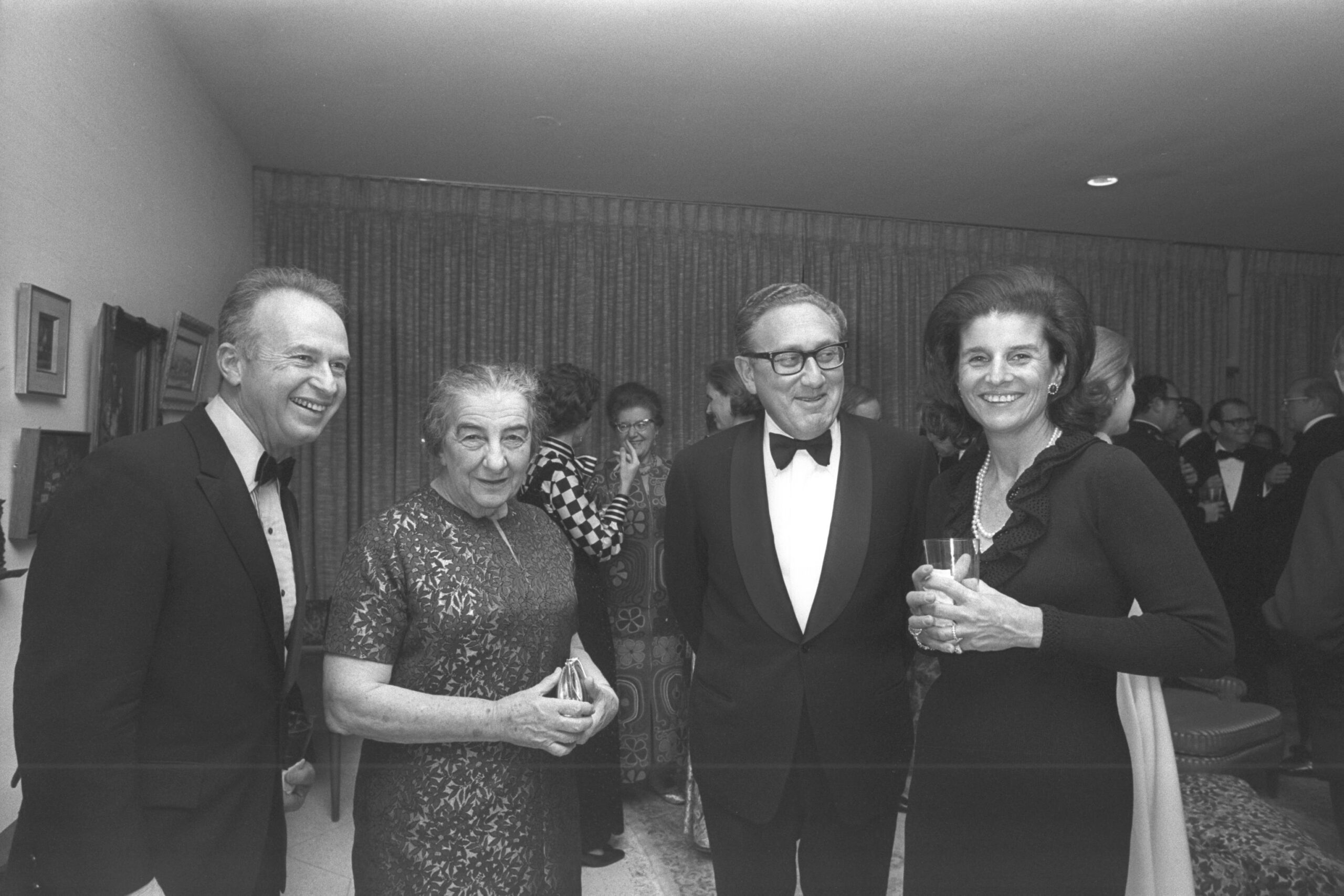Kissinger and Ismail Conduct Secret Meetings

February 26, 1973
Late in 1972, Egyptian President Sadat decided to appoint veteran diplomat Hafez Ismail to a newly created position, Egyptian National Security Adviser. Sadat’s intention was to dispatch Ismail to have secret talks with Henry Kissinger, who had the same rank and title in the Nixon administration. Three times in early 1973 Ismail and Kissinger met in Armonk, New York (February 25-26) and in Paris (May 10). Sadat’s objective was to inform the U.S. that Egypt was prepared to end its conflict with Israel, offering the establishment of normalized relations if Israel withdrew from the territories acquired in the 1967 war. Ismail focused his discussions on Egyptian interests and less on representing Syrian, Jordanian or Palestinian interests. Kissinger acknowledged that he knew very little about the Middle East and had spent most of his time up to that point focusing on the Vietnam negotiations.
In the second February meeting, Ismail spoke about Syrian and Jordanian requirements, but his dominant focus was what Egypt wanted and needed in a negotiated settlement where the U.S. would play a central role. Ismail suggested that when the negotiations would be carried on with Israel, there could already be a disengagement of Israeli forces from Sinai. Put differently, Egypt wanted to negotiate with Israel prior to the 1973 war using the very method that was adopted after the war, namely movement in steps or phases. What is remarkable about this secret conversation is how forthcoming Ismail was in seeking a settlement with Israel, one in which territory would be returned and normalized relations established.
The photo below shows Kissinger meeting with Secretary of State William Rogers (on right) and President Nixon on February 23, 1973, two days before the secret talks began in Armonk.